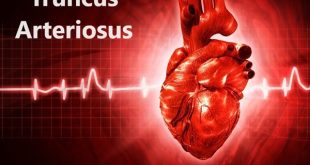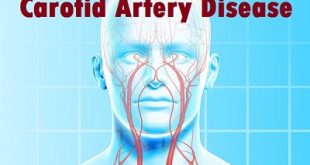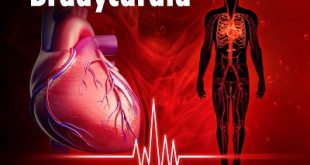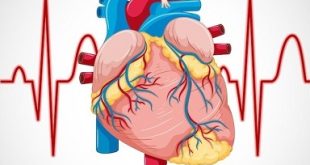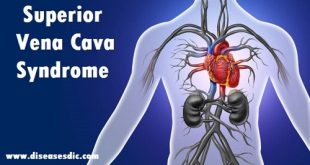What is Truncus Arteriosus? Truncus arteriosus is a congenital heart defect characterized by the improper development of the embryonic heart during fetal growth. In a normal heart, the aorta and pulmonary artery are separate vessels that carry oxygenated and deoxygenated blood, respectively. However, in individuals with truncus arteriosus, there is …
Read More »Carotid Artery Disease – Symptoms, Risk Factors and Prevention
Definition Carotid Artery Disease or Carotid artery stenosis is a condition that happens when your carotid artery, the large artery on either side of your neck, becomes blocked. The blockage is made up of a substance called plaque (fatty cholesterol deposits). When plaque blocks the normal flow of blood through …
Read More »Bradycardia – Types, Causes and Treatment
What is Bradycardia? Bradycardia is a medical condition characterized by an abnormally slow heart rate. In individuals with bradycardia, the heart beats at a rate slower than the normal range, typically below 60 beats per minute (bpm) in adults. This condition can be caused by various factors, including age-related changes, …
Read More »Wolff-Parkinson-White Syndrome (WPW) – Types, and Treatment
What is Wolff-Parkinson-White Syndrome? Wolff-Parkinson-White syndrome is characterised by attacks of rapid heart rate (tachycardia), which is shown in an electrocardiogram (ECG). In some people the ECG abnormality may be present without any symptoms such as tachycardia. The heartbeat is regulated by electrical impulses that travel through the atria (upper …
Read More »Superior Vena Cava Syndrome (SVCS) – Causes and Treatment
Definition Superior vena cava syndrome (SVCS) develops from obstruction of venous drainage from the upper body, resulting in increased venous pressure, which leads to dilation of the collateral circulation. The superior vena cava is a large vein located in the upper chest, which collects blood from the head and arms …
Read More »Long QT Syndrome – Overview, Types, Causes and Risk Factors
Overview of Long QT Syndrome Long QT syndrome (LQTS) is a disease that can cause a dangerous rapid heart rate and irregular rhythm involving the bottom pumping chambers of the heart (ventricles). The heart has both muscular and electrical components. Electricity flowing through the heart muscle triggers the muscle to …
Read More »Commotio Cordis – Pathophysiology, Causes and Prevention
What is Commotio Cordis? Commotio cordis can happen to a person with a normal heart and occurs when a blunt trauma to a person’s chest often while playing sports leads to cardiac arrest where their heart stops pumping blood. Commotio cordis typically occurs in children and adolescents. The impact needs …
Read More »Cyanosis – Types, Pathophysiology, Symptoms and Causes
Definition Cyanosis is the medical term for a bluish color of the skin and the mucous membranes due to an insufficient level of oxygen in the blood. For example, the lips and fingernails may show cyanosis. Cyanosis can be evident at birth due to the presence of a heart malformation …
Read More » Diseases Treatments Dictionary This is complete solution to read all diseases treatments Which covers Prevention, Causes, Symptoms, Medical Terms, Drugs, Prescription, Natural Remedies with cures and Treatments. Most of the common diseases were listed in names, split with categories.
Diseases Treatments Dictionary This is complete solution to read all diseases treatments Which covers Prevention, Causes, Symptoms, Medical Terms, Drugs, Prescription, Natural Remedies with cures and Treatments. Most of the common diseases were listed in names, split with categories.
